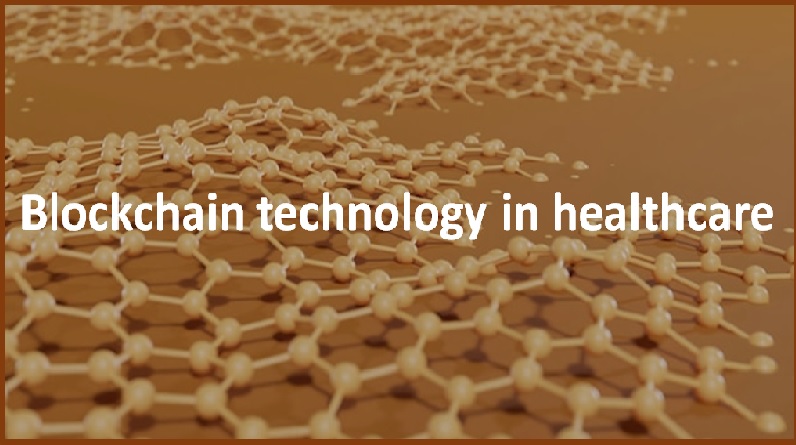Across the spectrum of care, we now see more empowered health-seeking consumers who want access to better healthcare. And that also includes transparency of costs, access to personal health records for self-improvement, and chronic disease monitoring. As consumer behavior and preferences continue to change, we need the digital healthcare landscape to adapt quickly to provide variously regulated and non-regulated tools and platforms. Why?
Well, for two reasons. According to healthcare analyst, Inc. in an October 19, 2021 report, the Global Preventive Healthcare Market will be $287 Billion by 2027. The second reason is more important. The current healthcare model is fracturing. Hospitals are not equipped to deal with a shift to preventive care with outdated infrastructure and care models. Companies like CVS and others are offering clinic care at their stores with nurse practitioners. And the COVID pandemic has people getting vaccine shots everywhere, even at home. With the possibility of remote care and technology, why can’t we flip the healthcare industry and move toward more diagnostic and preventative care rather than wait until we are hospitalized?
Personal healthcare and prevention. If our goal is to be healthy, then we need improved proactive monitoring that we control. We need smarter applications for smartphones and computers that help people better control their health and physical activities. We need to shift wearable devices from just reactively monitoring to proactively advising or alerting, in real-time, the health needs of each individual so that future health problems can be avoided. The combination of an initial healthcare review, the knowledge of the patient’s physical makeup through DNA analysis, and then a smart application can be a strong preventative care platform.
Smart remote monitoring. We need more remote patient monitoring (RPM), so our physicians can know what is going on with a patient without physically being close. There are several benefits to RPM including better patient outcomes, faster response time, and significant cost reductions over time. There are currently a few RPM solutions in the marketplace for blood pressure, etc. What else can be monitored to save a person’s life more proactively? Can we monitor a person whose family has a history of brain aneurysms (stroke) so that when blood pressure is dramatically affected, we immediately alert the patient and the doctor?
Medicine’s version of the Internet of Things (IoT). The internet of things refers to the invisible network formed by physical objects that are connected to the internet. What does this mean for healthcare? We have all these devices and applications being connected to the Internet and now potentially gathering information about us. We have other technologies we are interacting with already in the home like Alexa or our vehicles. Who or how will all this get connected to provide seamless monitoring of our health?
Where is my digital healthcare assistant? Siri, how am I doing today? It seems we are surrounded by things like Siri and Alexa to do somewhat simple things or get us answers to questions about cooking or sports. Where are our healthcare digital assistants personalized to us as individuals? If we are wearing a smartwatch, the technology “knows” our norms. Do we need an AI-based application that becomes our version of Siri and “talk” to us when we move out of our norms? We might need them when one of our vital signs fluctuates so dramatically that we, or even our healthcare provider, get an alert.
Smarter wearables. Fitness trackers have been around for years. They track our movement, respiration, and perhaps heart rate and blood pressure. But in a reactive “historic” way. We need more solutions that are proactive in a real-time way. Dexcom is an example of that with their glucose monitoring solution for people with diabetes. For diabetes patients, wearable continuous glucose monitors (CGMs) are the new normal. Wearable CGMs remove the need for intermittent glucose testing and instead keep track of one’s blood sugar levels in real-time. This allows users to see the immediate impacts of food and exercise, and shape their lifestyles accordingly. It can also catch cases of hyperglycemia immediately. We need solutions like this for other major threats to our health based on our DNA and family history.
The idea of going to the doctor’s office when we feel sick cannot be the way we deliver healthcare in the future. We need entrepreneurs to develop new kinds of intelligent “connective” technology that allows us to live our lives as healthy as we can with minimal health threats. We need preventative healthcare solutions to avoid major health complications and leverage the entire healthcare system to operate more efficiently which will allow us to live better






